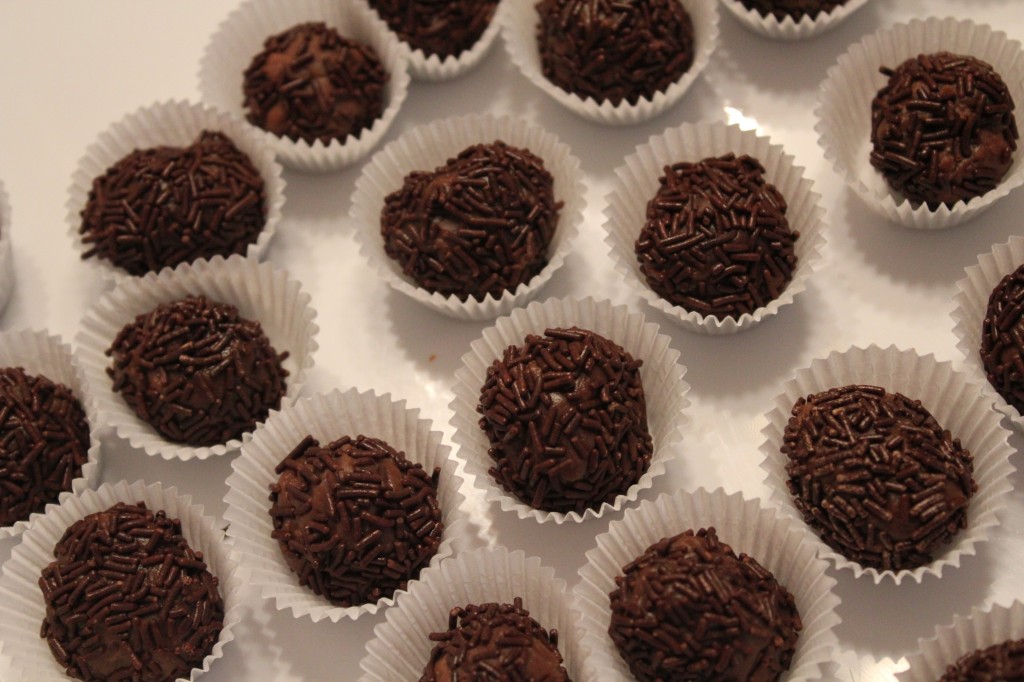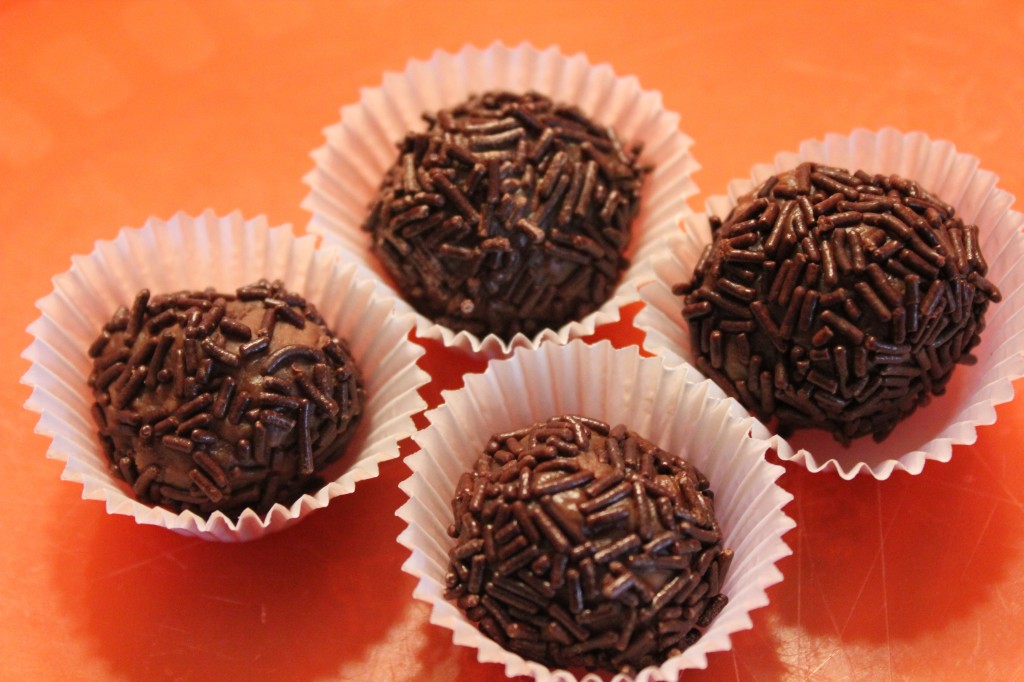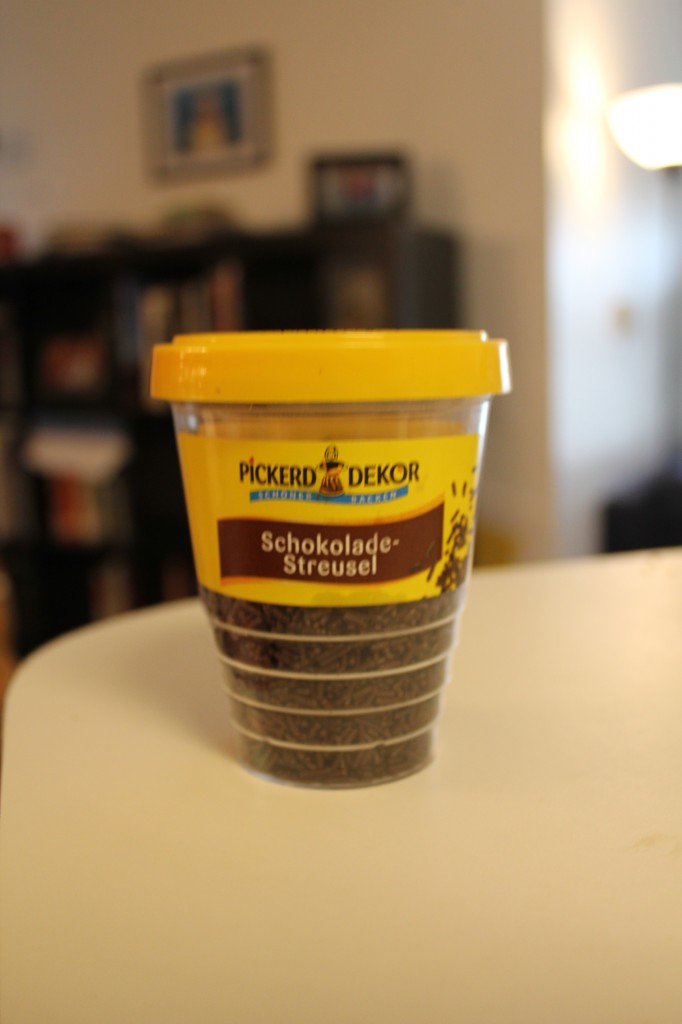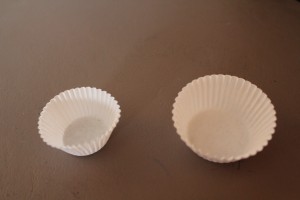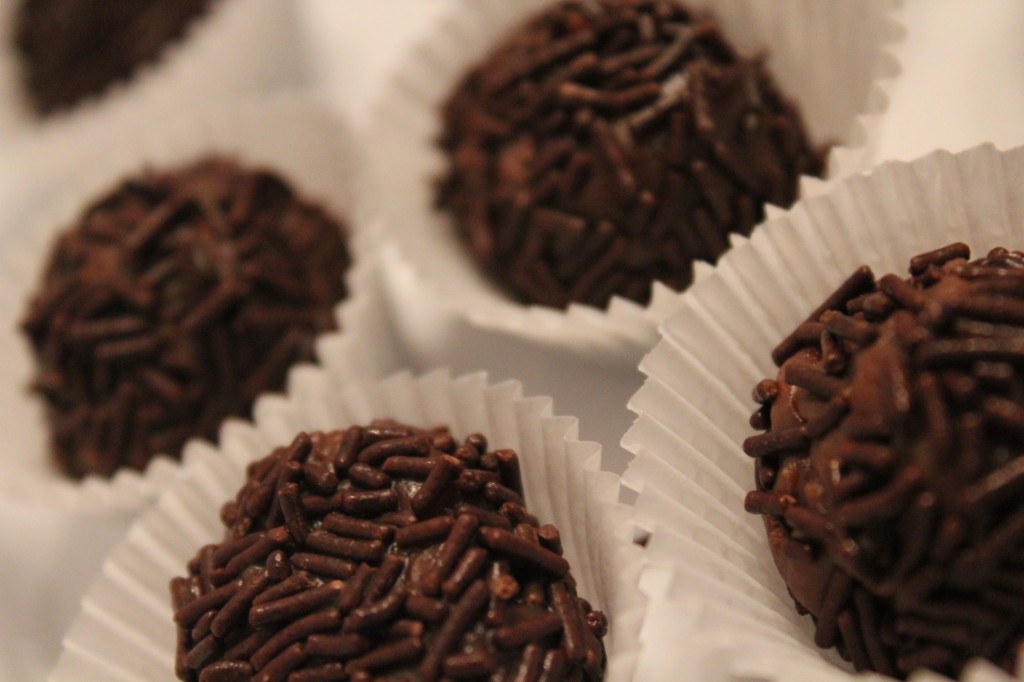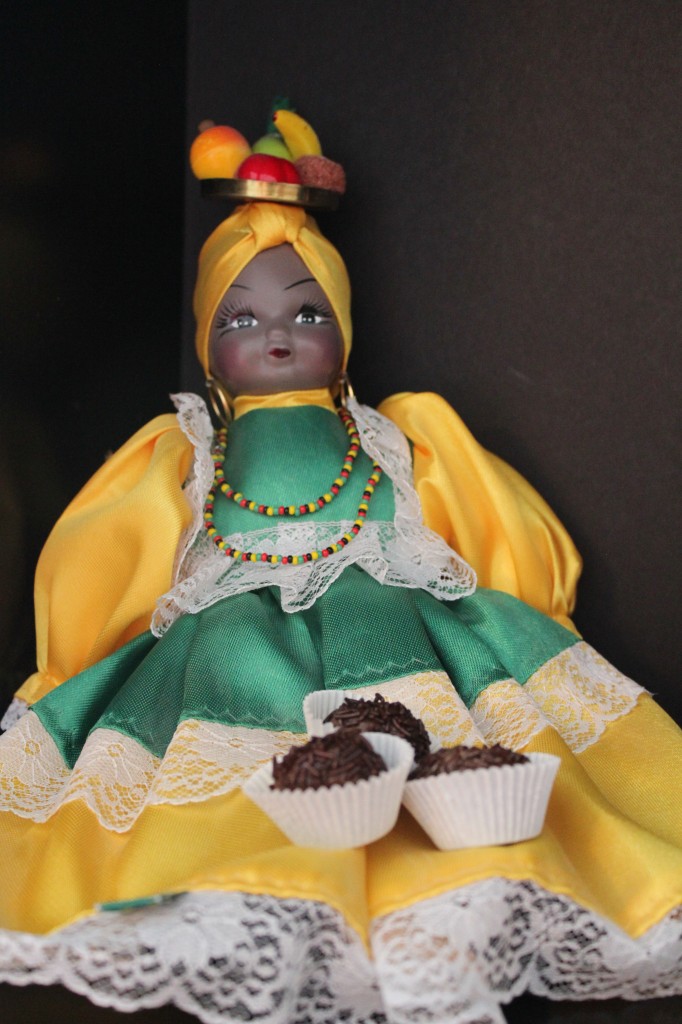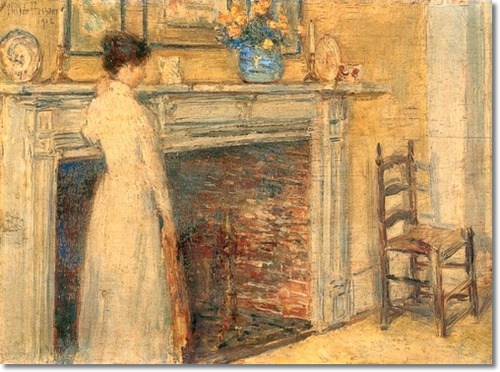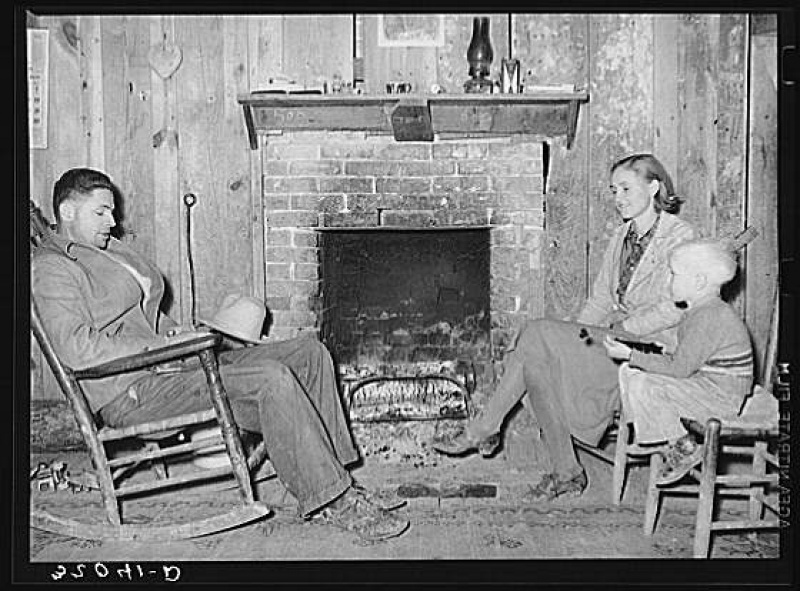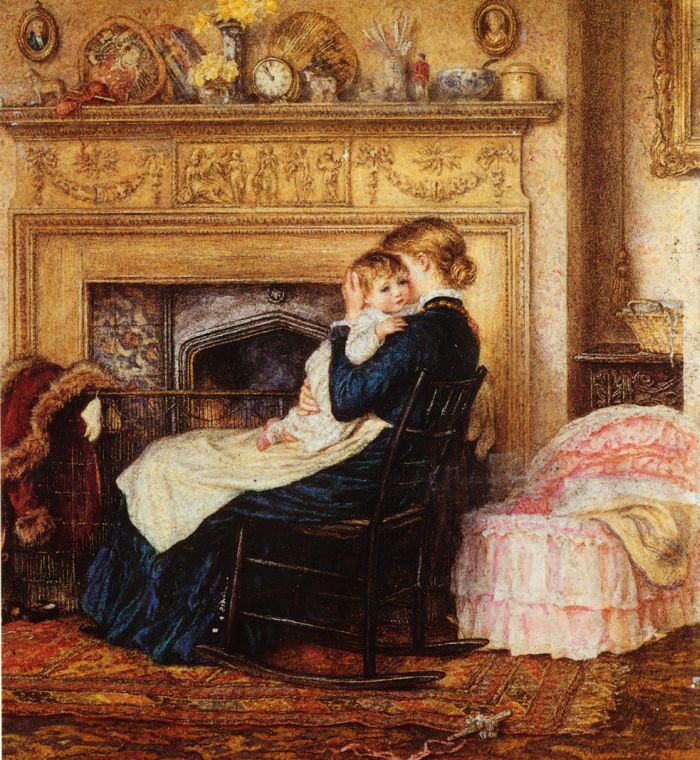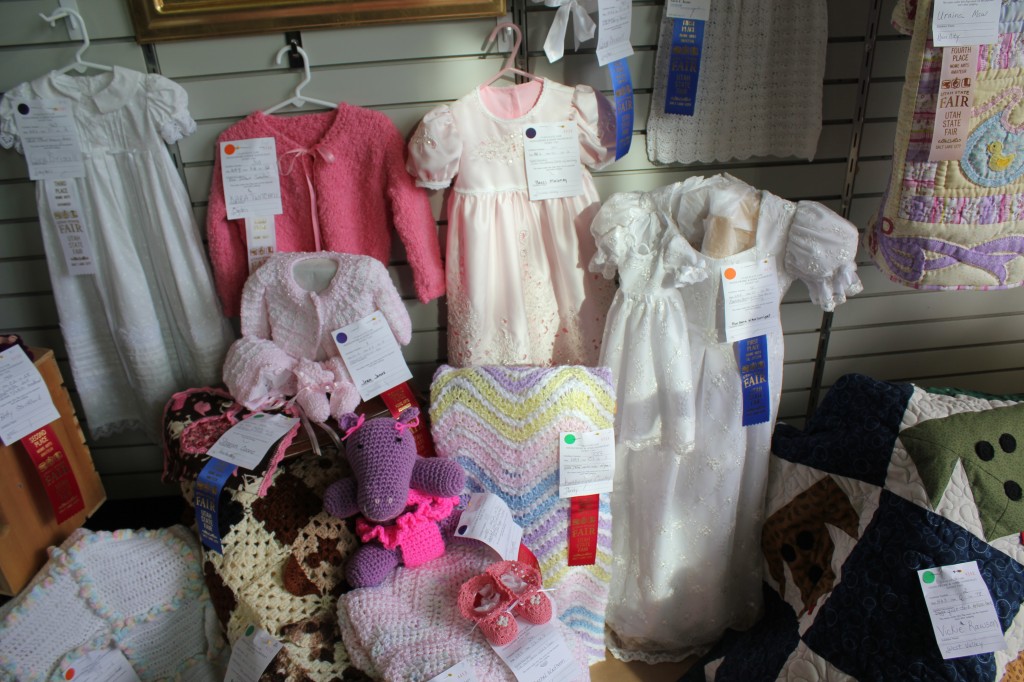
There was something really exciting about the High School Awards Ceremony when I was in 9th grade. I sat on the edge of my seat, knowing, surely, I would win something. My name was called, and I walked to the front of the auditorium, trying not to look to pleased with myself as I received a certificate for this, that, and another class I was in. The excitement was definitely helped by there only being 400 or so people at my school in Portland, Connecticut: fewer people means more awards can be given out per person in an hour long assembly. I believe everyone got called up at some point during the ceremony.
I admit, I had a bit of the same anticipation a week and a half ago when I entered three of my crocheted items into the Utah State Fair–surely, surely, I will get a ribbon for something. Luckily I don’t have the same high school anxieties, and luckily, like in my high school, there are plenty of categories. There are 6 different levels you can enter at: Professional, Advanced Amateur, Amateur, Senior Citizens, Youth, and Disabled. And then, within each of those levels, you compete against only other similar items.
So the afghan that I crocheted was not competing against all other afghans, but against only other Amateur Crocheted Infant Afghans. Likewise, my second entry competed against only other Amateur crocheted Jacket, Ponchos, and Sweaters.
Funny, having lots of categories does not stifle the excitement when you win two ribbons at the state fair! (Edited on Sept 22: it turns out I actually won three ribbons–see below.)
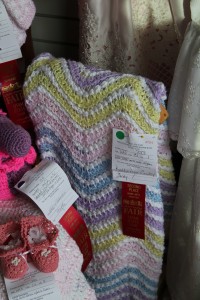
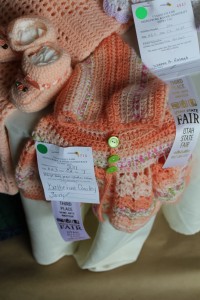
I received a 2nd place at the Amateur level for the wavy, spring-themed Baby Afghan I made, and 3rd place for the orange, Autumny baby jacket I crocheted. I’m sure it was the bright green buttons that did it. The third item I entered did not place and was not displayed.
Edited on September 22, 2011:
When we went to pick up my items from the fair, we discovered that I’d won a third prize: a blue ribbon for my Christmas tree wall hanging, in the general Christmas category. I was quite excited and not expecting it, because we missed part of the Christmas display when we visited the fair. Here are the pictures:
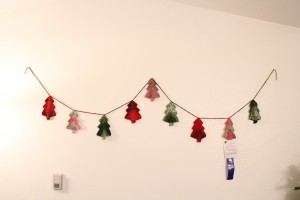
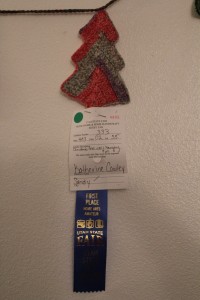
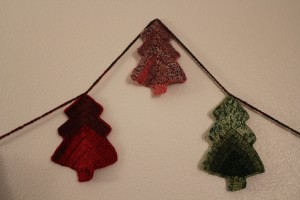
What’s interesting to me is that the wall hanging actually uses the simplest stitch, but I executed everything perfectly, while the other two items were a little more complex but had some problems. (I liked that the judges gave really helpful feedback on each item–who knew that I could use a little bit of fabric glue to fix the ends that refused to weave in?)
Home Arts
In light of entering my yarn crafts into the state fair, I’ve been thinking about the question: is crochet an art?
I’ve heard many people argue that crochet is not an art, but rather a craft. They say, well, perhaps it’s art when you design your own patterns, or do something completely defying tradition and on public display, like creating a crocheted carrot jetpack with accompanying story, pictures, and video. (The jetpack is amazing, by the way.) But if you take a pattern for a traditional (often home) object and then make said object, you’ve created a craft.
When making this argument, it’s best to pronounce “craft” as if it’s a dirty word. Also, make sure to specify that crafts don’t require any creativity. That makes us crafters feel really great.
Crocheting is definitely a craft, but I’d argue that it’s also an art–both a visual and a sculptural art.
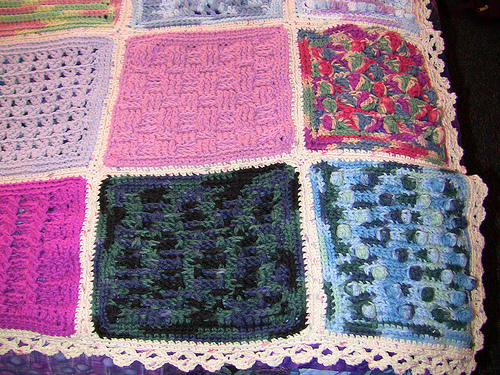
A close up of the corner of my very first afghan, started when I was 11 or 12, then dragged out of the box and completed in January 2009.
Art is a means of creative personal expression that often is intended to have an impact on the viewer.
Creativity is “originality, progressiveness, or imagination.” It’s also the state of being creative, or in other words “having the quality or power of creating.” In other words, it’s the act of creation.
Much that we extol as creative follows set patterns for set purposes, and so could be rejected as art just as crochet sometimes is. A concert pianist is certainly an artist, even if she is not a composer or a jazz musician.
I recently watched a documentary on Lynda.com about Doyald Young, a logotype designer. He designed 1 or 2 typefaces during his entire career, yet recently won an important award for his contributions to the field of type. His creativity came not in the form of creating new types, but in using traditional types with insight and purpose in designs such as the Prudential logo.
Even in visual arts, creativity is not just about doing something new. Learning technique, knowing how to draw a horse or a face makes it possible for the act of creation to occur in the form of a portrait or painting.
In his book The Remarkable Soul of a Woman, Dieter Uchtdorf defines creativity as “[taking] unorganized matter into our hands and [molding] it into something of beauty.” Now am I going to argue that my crocheted dish cloth is art? Actually, I probably will. My dishcloths are pretty, soft, and add a homemade, DIY flavor to my kitchen. As a positive side effect, they makie me feel a whole lot better about doing dishes.
Uchtdorf goes on to write that “Creation means bringing into existence something that did not exist before–colorful gardens, harmonious homes, family memories, flowing laughter.” Creation in the home, whether it’s of an afghan or a relationship, is rarely new or glamorous. Yet the goal in crafting a sweater or raising a child shouldn’t necessarily be to defy tradition.
I like the title of the Home Arts building at the Utah State Fair. Home Arts are arts in and for the home. To me Home Arts include everything from cooking to organizing to decorating to nurturing a child. So perhaps next time I say that I am a homemaker I should clarify what that really means. It means that I’m a home artist.
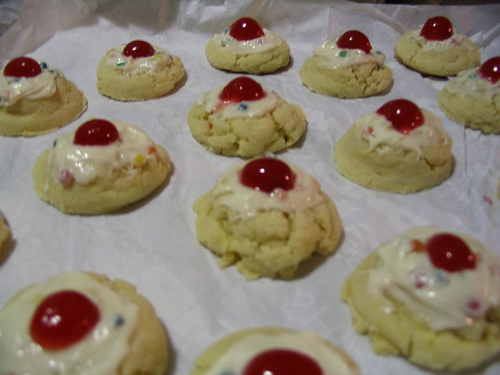
Oh yes, these most certainly are cake mix cookies. They were delicious.

